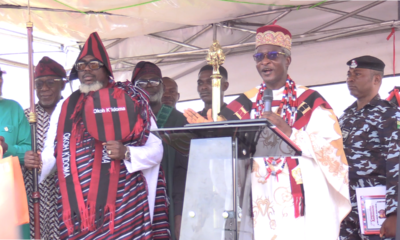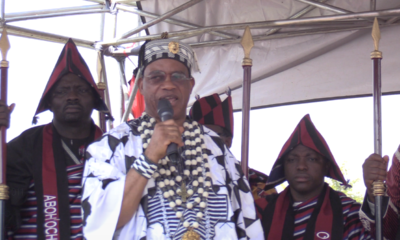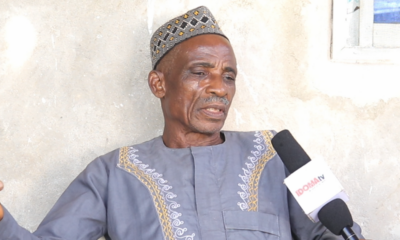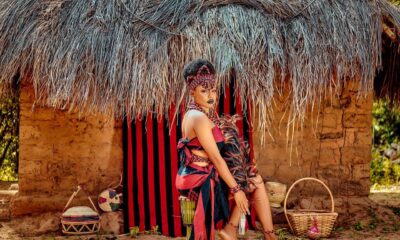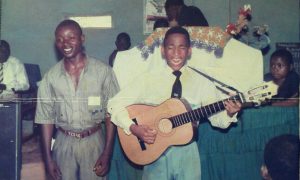idoma news
IDOMA MASQUERADES: Sacred dance of the spirits

The Idoma people of Nigeria have a rich cultural heritage that is beautifully expressed through their traditional masquerades.
These captivating and enigmatic spectacles have become an integral part of Idoma society, representing a unique blend of spirituality, artistic expression, and communal celebration. Each masquerade holds a deep symbolic meaning and serves as a link between the present and the ancestral world.
Idoma masquerades have a long-standing history that dates back centuries, deeply rooted in the spiritual beliefs and traditions of the Idoma people.
Popular and common among them are alekwu afia, ichahoho, owunekwu, ikpokwu, akatakpa, ibo, omabe, unaloko, emma egenekpe, ogbadike, amongst others.
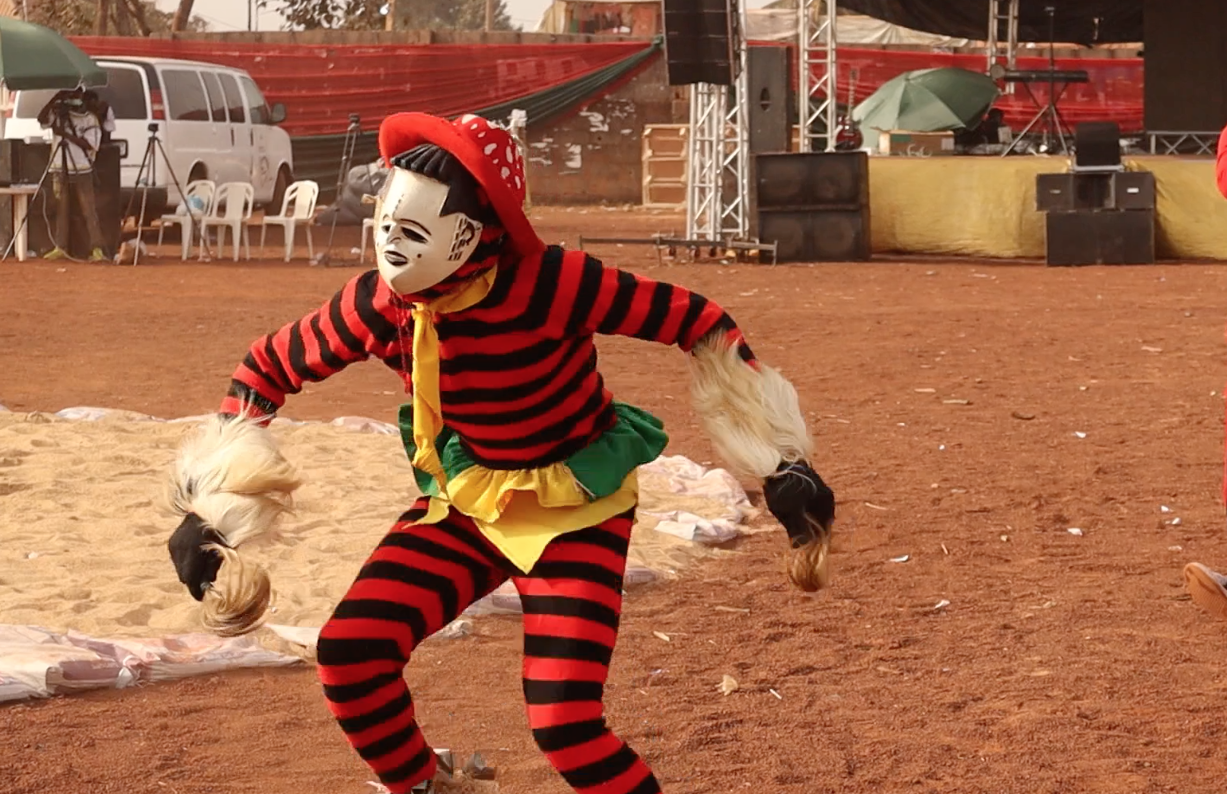
These masquerades are considered the embodiment of ancestral spirits and are believed to possess mystical powers. They play a vital role in religious ceremonies, social gatherings, and rites of passage, symbolizing the connection between the living and the spirit world.
Idoma masquerades encompass a wide range of characters, each with its own unique appearance, symbolism, and purpose.
One popular masquerade is the emma egenekpe, known for its tall, imposing figure covered in sack fibers and adorned with colorful beads and feathers.
The emma egenkpe, said to be named after ‘Jesus’ is believed to bring blessings, fertility, and protection to the people of obaganya in Otukpo.
Akatakpa is popular among natives of Ijigban, Ulayii, Igwumale and Utonkon in Ado LGA. It is believed to have marked the end of slavery in Idoma community.
Another prominent masquerade is the ekpe, renowned for its feminine stature, colossal size and intricate artistry.
In the realm of traditional masquerades, where vibrant costumes and rhythmic movements captivate audiences, the ogbadike masquerade stands out as a unique and scary figure.
Ogbadike is often considered the father of Idoma masquerades, representing power, authority, and cultural pride.
Among the multitude of masquerades found in various Nigerian cultures, the ogbadike masquerade holds the distinction of being the only one that carries a cutlass while dancing.

The cutlass carried by the masquerade serves as a potent representation of these qualities, signifying the ability to safeguard the community against any potential harm.
Its grandeur trembles onlookers, with multiple layers of colorful costumes, masks, and ornate decorations.
The costumes of Idoma masquerades are meticulously crafted, reflecting the rich artistic traditions of the Idoma people.
Skilled craftsmen spend countless hours weaving intricate patterns and designs into the fabric, incorporating traditional motifs and symbols.
Colorful beads, cowries, feathers, and bells are also used to enhance the visual appeal and auditory experience during performances.
When a masquerade appears, it is accompanied by lively music and dance.
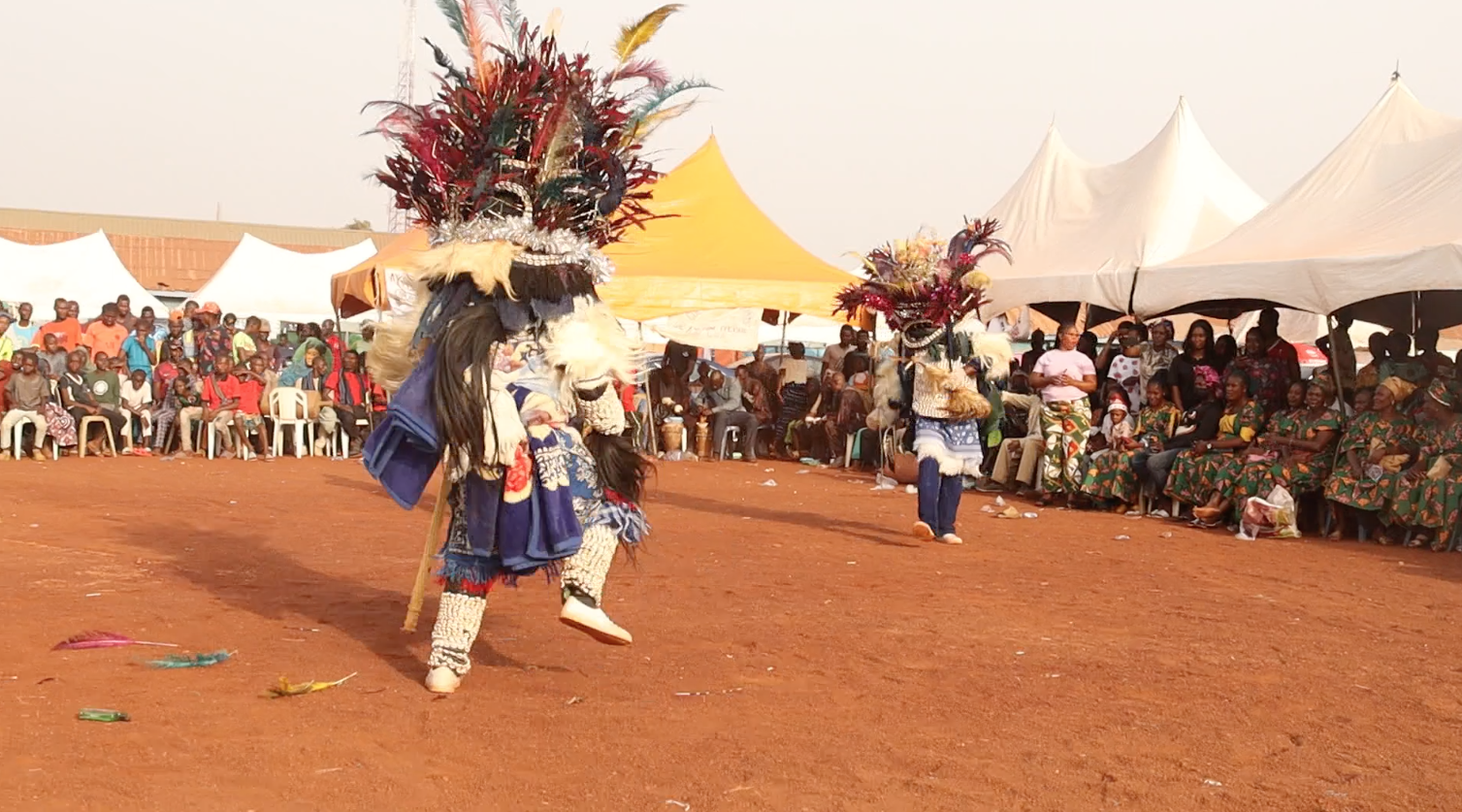
The masquerader skillfully maneuvers through the crowd, performing graceful movements and executing awe-inspiring acrobatics. The sound of drumbeats and traditional musical instruments further heightens the excitement and energy of the performance.
Despite the challenges posed by modernization and changing societal dynamics, the Idoma people continue to uphold their masquerade traditions.
Efforts have been made to preserve and promote this cultural heritage, recognizing its significance in maintaining a sense of identity and unity within the community.
This has been evident over the years through the Idoma International Carnival and the Ech’ija carnival in Otukpo.
Idoma masquerades are more than just vibrant spectacles. They represent the deep-rooted traditions, spirituality, and communal bonds of the Idoma people.



